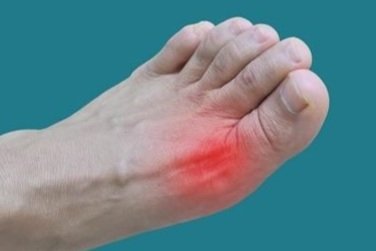Ingrown toenails may seem like a minor annoyance, but for individuals with diabetes, they can lead to more significant health implications. The delicate balance of foot health becomes increasingly challenging when diabetes enters the equation, as it may impact circulation, sensation, and wound healing. Understanding the connection between diabetes and ingrown toenails can aid in managing foot health more effectively and avoiding potential complications.
What Are Ingrown Toenails?
An ingrown toenail occurs when the edge or corner of a toenail grows into the surrounding skin rather than over it. This condition often causes pain, redness, swelling, and, in some cases, infection. The big toe is the most commonly affected, though these can develop on other toes as well. Common causes include wearing tight or ill-fitting shoes or injury to the nail. Once one develops, it may progress to more severe symptoms if left untreated. While anyone may develop ingrown toenails, individuals with diabetes face higher risks due to the potential complications associated with the condition. Understanding these risks is a key step in addressing the unique challenges presented by this combination.
How Does Diabetes Affect Foot Health?
Diabetes impacts foot health in several ways. This may include increasing susceptibility to complications from otherwise minor conditions like ingrown toenails. The two primary factors at play are poor circulation and reduced sensation, also called peripheral neuropathy.
Diabetes can lead to reduced blood flow, especially in the lower extremities. This restricted circulation could hamper the body’s ability to deliver nutrients and oxygen for wound healing. Even small cuts or sores may take longer to heal, raising the risk of infection. Peripheral neuropathy is a common complication of diabetes. Individuals with neuropathy may experience diminished sensation in their feet, making it difficult to notice pain or injuries. Without prompt intervention, small issues can go unnoticed until they worsen.
How Are These Complications Treated?
The treatment of ingrown toenails and their related complications in individuals with diabetes requires careful attention to reduce risks. It is integral to address both the immediate issue of the afflicted toenail and any underlying factors contributing to its development. Individuals with diabetes should seek professional evaluation if they notice symptoms, such as pain, redness, or swelling. Podiatrists, who specialize in foot health, can safely assess and treat the condition.
Non-Invasive Treatment Options
For mild cases, podiatrists may recommend non-invasive treatments. This includes using specialized tools to gently lift the nail to prevent it from embedding further into the skin. Antibiotics may also be prescribed if there are signs of infection.
Preventive Strategies
Prevention plays a central role in managing foot health for individuals with diabetes. Regular foot care routines can help minimize the risk of developing toenail conditions. Key preventive measures include wearing shoes that provide adequate space and routine foot inspections. Effectively managing diabetes can help reduce the risk of foot-related complications.
When to Seek Care From a Podiatrist
Not every ingrown toenail requires urgent medical attention. For individuals with diabetes, even mild foot issues can lead to complex health challenges. Early intervention could help avoid complications and protect overall foot health. If you have diabetes and experience symptoms such as red or swollen skin around the toenail, persistent foot pain, or any signs of infection (such as pus or warmth around the area), it could be time to consult a podiatrist. Timely assessment and treatment can make a significant difference in minimizing risks and promoting healing.





Leave a Reply